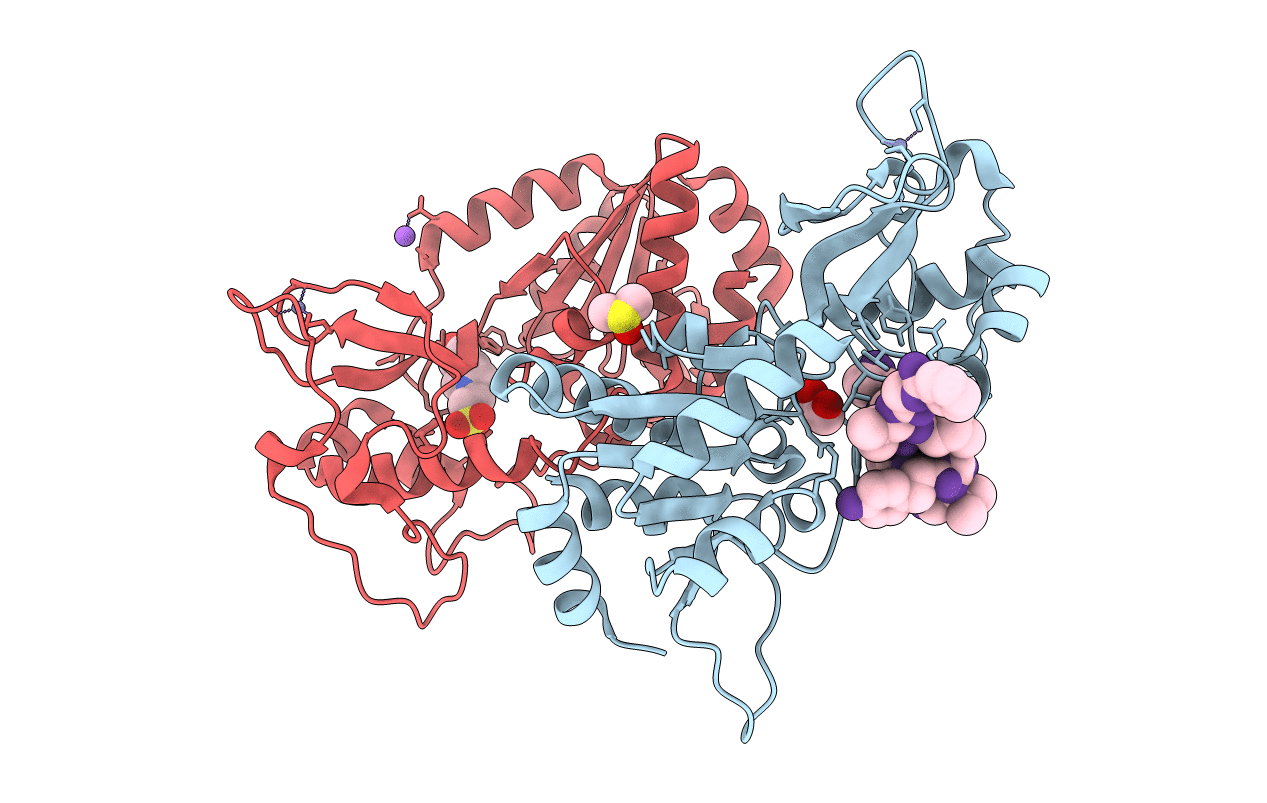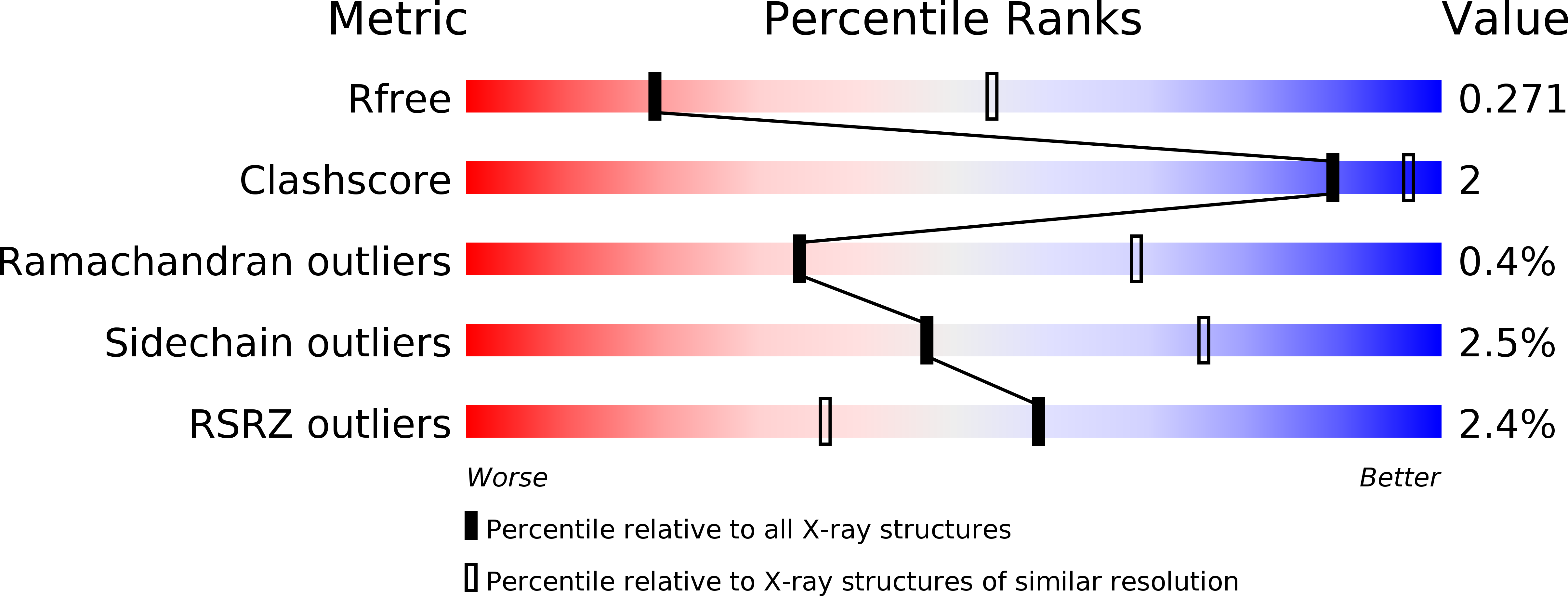
Deposition Date
2017-07-22
Release Date
2017-11-29
Last Version Date
2024-02-07
Entry Detail
PDB ID:
5OJO
Keywords:
Title:
Sirtuin 5 from Danio rerio in complex with 3-hydroxy-3-methylglutaryl-CPS1 peptide
Biological Source:
Source Organism:
Danio rerio (Taxon ID: 7955)
Homo sapiens (Taxon ID: 9606)
Homo sapiens (Taxon ID: 9606)
Host Organism:
Method Details:
Experimental Method:
Resolution:
3.10 Å
R-Value Free:
0.26
R-Value Work:
0.19
R-Value Observed:
0.20
Space Group:
P 65 2 2


